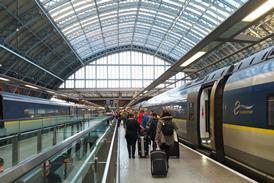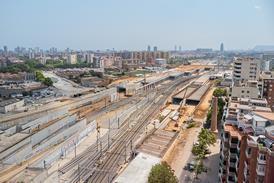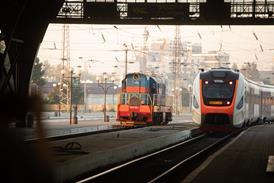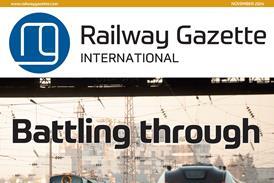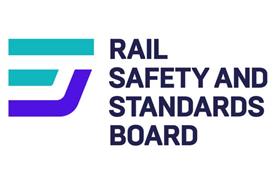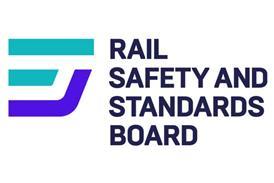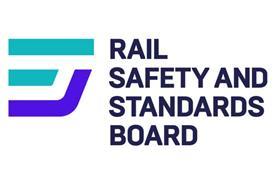WHERE once the bicycle reined supreme, private cars and other motorised vehicles are seriously choking the streets of China’s cities. Recognition of the attendant problems of congestion, pollution and poor quality of life has prompted renewed government interest in urban railways, and tentative plans are being drawn up for a suburban network to serve Beijing which may be funded with the help of a ´14bn loan from Japan. It has always been an anachronism that CR has generally not operated commuter services, the explanation being that long-distance trains converging on major cities already pose a serious line capacity problem. The density of traffic on some main lines is exceptional, and squeezing suburban services on routes into major cities will require construction of extra tracks, signalling improvements and implementation of sophisticated ticketing to cope with even larger passenger flows.
In many cases metro networks will be expected to soak up demand, and the government is planning to spend around US$3bn a year for the next five years on new lines and light rail networks. Major expansion plans will be implemented in Shanghai and Beijing, with a 28 km third metro route running north-south due for completion in the capital by 2005-06. With a target of building 400 km of new metro and light rail routes in 10 cities over the next five years, the government will encourage investment from companies outside China, although there is a requirement for at least 70% of equipment for urban rail networks to be locally built.
CR’s main line operations are once again under scrutiny, perhaps following recognition that the national railway is starting to lose its near monopoly of long-distance traffic as major roads are built and airlines improve their services. The time is rapidly approaching when no major city will be more than 125 km from a high quality road, presaging the rapid development of long-distance bus and road haulage operations.
As China moves from a centrally planned to a socialist market economy, there is a danger that CR may not respond quickly enough to the threat of competition. Tentative plans exist for separate operating companies for freight and passenger traffic, with a third company managing infrastructure. At the very least this will draw attention to the need for change. It is better that CR retains its present business rather than finds itself fighting to recapture traffic lost to competitors.

